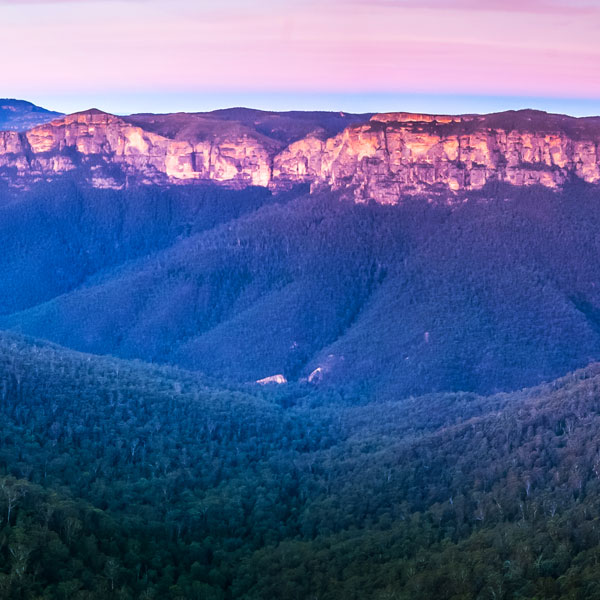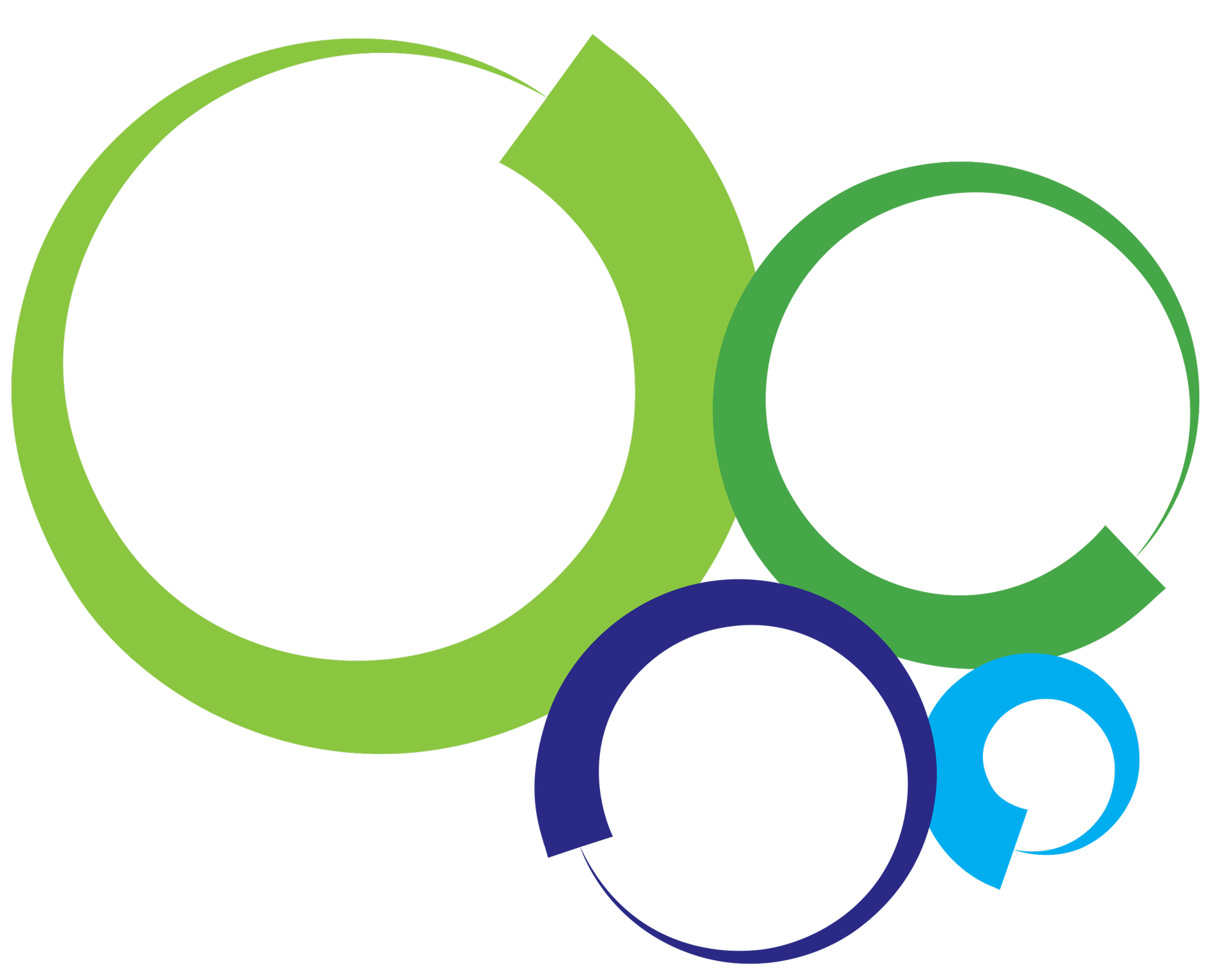Health in the Blue Mountains
The Blue Mountains Local Government Area (LGA) comprises 27 towns and villages spread along 100km of mountainous terrain.
The Blue Mountains covers an area of 1,431km2 with 70% comprising World Heritage National Park, of which only 11% is available for settlement.
Current population level is 78,360 people.[source: Blue Mountains City Council]
Health Statistics
Some key statistics pertaining to the health of the Blue Mountains area include:
- Median age is 45 years
- 29.9% of people are 60 years or older
- More residents work in healthcare and social assistance than any other industry
- 17% of people were born overseas and 6% spoke a language other than English at home
- 26% single person households
- 3.9% unemployment rate
- The childhood immunisation rate is 83.63%
- The most prevalent diagnoses are hypertension (20.2%), hyperlipidaemia (17.3%), anxiety (14.4%), asthma (11.2%) and osteoarthritis (10%).
- 56.9% of residents are overweight or obese.
- 6.9% of residents are daily or irregular smokers.
- There are 22 general practices and 14 community pharmacies.
Health Priorities
- Transport difficulties - travelling to and from health care services
- Aged care services - inadequate number residential care beds and costs
- Workforce challenges - Accessing a GP and maintaining continuity of care with the same GP is increasingly difficult
- Access to information - limited knowledge of services and where to go to get health care information
- Carer respite and support - limited resources
- Impact of bushfire on access to health care - inadequate disaster planning for healthcare arrangements
- Access to health services - long distances to travel and long waiting lists
- Renal Dialysis - long, impractical travel to access services
- Increase in holistic care - better support and access for mental health, cancer conditions and the elderly
- Lowest immunisation rates – child immunisation rates are the lowest in the region
- Social Isolation - creative interest groups and social activities are not easily accessible
- Alcohol and Other Drugs - There is an unmet demand in the Upper Blue Mountains for adult and youth services
- Mental health –shortage of local services and increase demand for GP mental health treatment plans.





